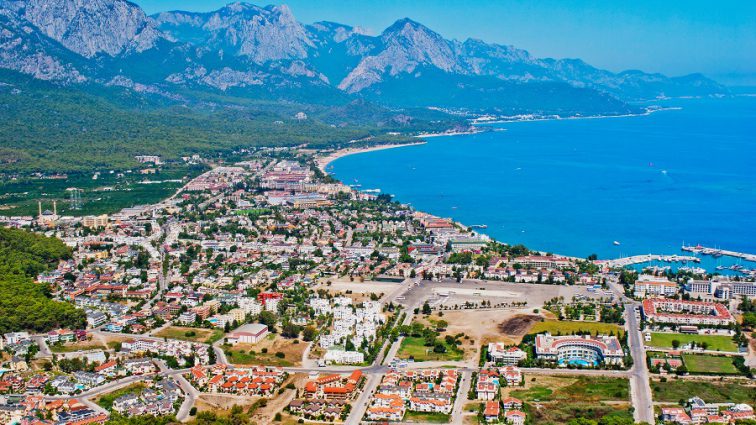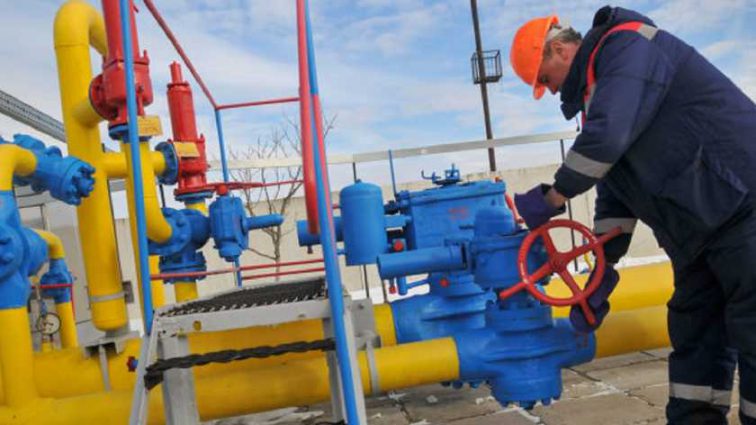Business Getting gas to market the legal behind the infrastructure
The “glut of natural gas” in the Marcellus and Utica shale plays has brought numerous midstream companies to the forefront of the natural gas industry. Now that there seems to be an enormous amount of natural gas in storage, addressing how to get it to market is another situation altogether.
Numerous pipelines, or infrastructure, have been proposed within Pennsylvania to carry gas to places like New York, New Jersey, and other east coast states like the Carolinas. It is expected that these pipelines will someday bring natural gas to millions of homes and businesses.
But many people are surprised to see that it takes years for these projects to start, and even longer to be completed.
According to Blaine A. Lucas, shareholder at Babst Calland law firm of Pittsburgh whose expertise is in the public sector services of energy and natural resources, there are numerous factors leading to a completed pipeline project.
“It’s fair to say that we have had this dramatic increase in potential supply of natural gas from all the exploration and production companies, but the pipeline infrastructure is not in place to bring it to market,” Calland said in a telephone interview from his Pittsburgh office. “Just from an economic standpoint, the cost of constructing (the infrastructure) in place is significant.
“Combined with the myriad of regulatory issues at the local, state and federal level, the combination of those factors to put it in place with approvals beforehand has been daunting.”
Lucas said the regulatory levels between constructing and fracking a rig is different by leaps and bounds from constructing infrastructure.
“A pipeline is hundreds and hundreds of miles, compared to a well site,” Lucas said. He said there are three issues that the midstream industry is facing:
First, there is too much gas.
“You have significant increase in production because of the thousands of wells in the state, so now there is inadaequate infrastructure to move the gas to market,” Lucas explained. “Next, you need to go through many hurdles of regulatory issues. There is significant time and cost involved in building that infrastructure.”
Lastly, there are regulations, rules, and more regulations.
“You’re not just dealing with one or a limited number of properties, you’re dealing with hundreds and thousands of properties within hundreds of miles,” Lucas said, specifically citing issues with obtaining permits, rights-of-way, and more.
Additionally, there has been a changing level of regulations within the numerous layers of government and regulatory agencies.
Lucas said that, depending on local zoning ordinances, the local governments vary greatly on how they address pipelines. Some interpret the ordinances to not apply to pipelines; therefore there aren’t really any public requirements.
Or, officials may treat pipelines as a permitted use by right, which as long as the requirements are met, the company can then apply for a permit.
In a third situation – which mostly is the case with well pads — pipelines may be authorized by conditional use, which requires a hearing by the local government body, which is usually a board of township supervisors or an appointed zoning hearing board.
“This is where these issues tend to bubble up to get to the public realm,” Lucas said. He said opposition to the construction of pipelines varies.
“Unless it is an inter-state, federally regulated pipeline, there is no power of eminent domain,” Lucas said. “So if a property owner doesn’t want to sell, they don’t have to. But that is just a private property issue.”
Lucas said most opposition is drive by the NIMBY syndrome – Not In My Back Yard – which is a characterization of opposition by residents to a proposal for a new development or construction project because it is close to them, often with the connotation that such residents believe that the projects are needed in society but should be further away.
“Most of opposition is driven by NIMBY,” Lucas said. “Some is philosophical, others are from greenhouse gas or as it pertains to environmental issues. And some are just opposed to natural gas development in general,” Lucas said.
Additionally, there has been a changing level of regulations within the numerous layers of government and regulatory agencies.
Lucas said that, depending on local zoning ordinances, the local governments vary greatly on how they address pipelines. Some interpret the ordinances to not apply to pipelines; therefore there aren’t really any public requirements.
Or, officials may treat pipelines as a permitted use by right, which as long as the requirements are met, the company can then apply for a permit.
In a third situation – which mostly is the case with well pads — pipelines may be authorized by conditional use, which requires a hearing by the local government body, which is usually a board of township supervisors or an appointed zoning hearing board.
“This is where these issues tend to bubble up to get to the public realm,” Lucas said. He said opposition to the construction of pipelines varies.
“Unless it is an inter-state, federally regulated pipeline, there is no power of eminent domain,” Lucas said. “So if a property owner doesn’t want to sell, they don’t have to. But that is just a private property issue.”
Lucas added that in the western part of the nation, there aren’t a lot of gathering lines and issues surrounding them. “but I do hear of them in the northeast part of Pennsylvania in Tioga, Bradford and Susquehanna counties where drilling is big,” Lucas said.
Политика конфиденциальности сайта | Правила пользования сайтом












